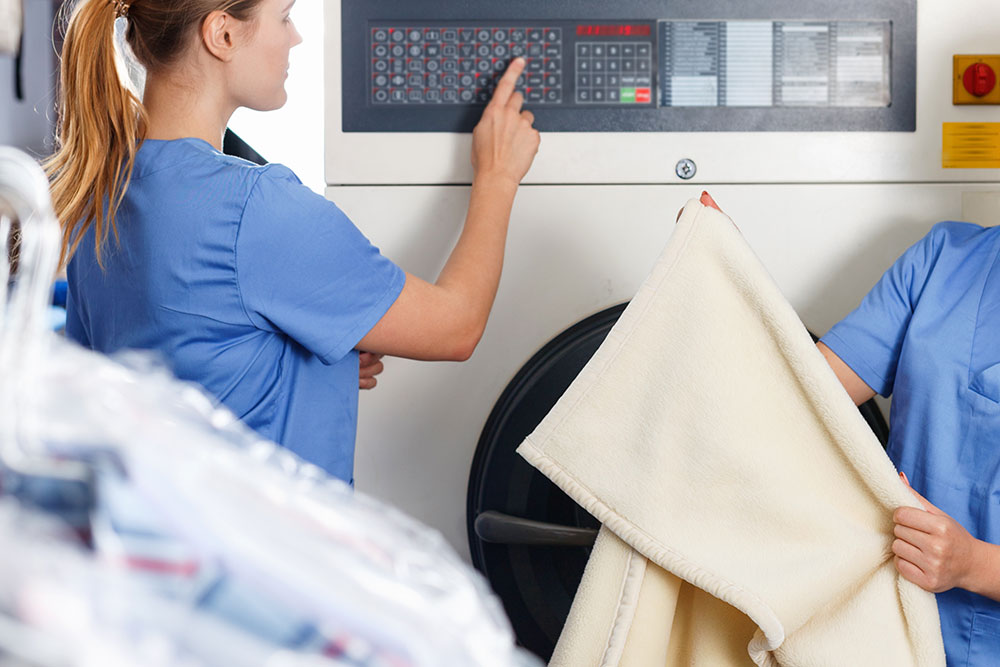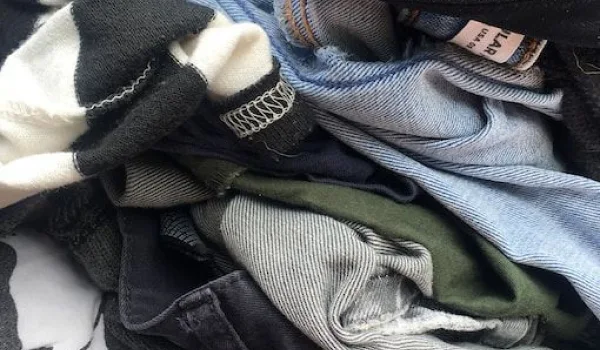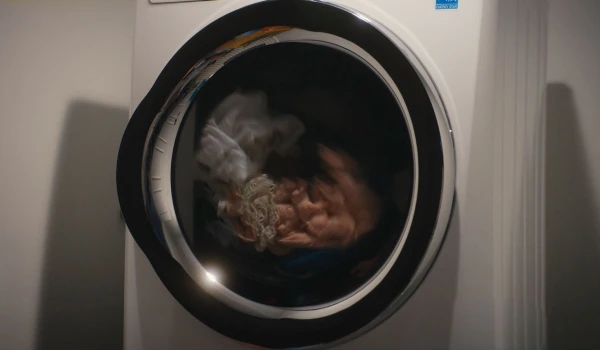What is PERC?
PERC is short for Perchloroethylene, a colorless volatile organic solvent commonly used in dry cleaning. Although PERC is effective at dissolving stains and dirt from clothing, it also poses significant health risks if it’s not properly controlled. Since the 1930s, PERC has set the standard for cleaning performance in the industry—nearly 80% of dry cleaner in the US and Canada currently use PERC. Its effectiveness as a cleaning agent however comes with some significant downsides.
Dangers
The Environmental Protection Agency considers PERC a toxic air pollutant, meaning that it’s “known or suspected to cause cancer or other serious health effects.”
According to The National Institute for Occupational Safety and Health (NIOSH), PERC is a "potential occupational carcinogen." The National Toxicology Program has designated it as "reasonably anticipated to be a human carcinogen," while The International Agency for Research on Cancer (IARC) has designated PERC to be a "probable human carcinogen."
It’s clear that PERC poses significant health risks. If not properly handled, PERC can penetrate through nearly any surface, including concrete, and can even seep into groundwater. Dry cleaners are required by federal law to handle PERC as a hazardous waste, and if mishandled, the solvent poses risk to both people and the environment.
During the dry cleaning process, PERC primarily enters the body from inhalation of the vapors. Exposure to high concentrations of PERC can cause:
• Dizziness
• Headaches Loss of consciousness
• Irritated eyes, nose, mouth, throat, and respiratory tract

While short-term exposure can cause immediate harm, the most common risk to workers at dry cleaning facilities involves long-term exposure via increased risk of cancer. PERC's most dangerous noncancer effect is nerve and brain damage.
Although the dry cleaning industry has improved the control of PERC in recent years, largely through advancements in machine design and equipment technology, PERC remains a dangerous factor not only for workers, but for the environment.
Alternatives to Perc
Although the majority of dry cleaners still use PERC, fortunately, safer and environmentally-friendly alternatives do exist. When used, these cleaning methods are just as effective at cleaning as PERC, but they often require more time, a different expertise, and different equipment which is why the majority of dry cleaners have not switched over. Supporting dry cleaners that use sustainable and safe cleaning methods will help the industry move in the right direction.
Some of the alternatives to PERC present challenges in their own right. While they may be safer for workers and less hazardous to the environment, alternatives like CO2 are not economically feasible for most mom and pop dry cleaning shops. Others options like Propylene-glycol ethers are less toxic but are highly flammable or combustible so they require extra equipment and safety precautions to be used safely.

Of the various alternative cleaning methods, the safest, most effective, and most economically feasible option is wet cleaning.
Wet cleaning uses water and soap and utilizes equipment that’s computer-controlled in order to precisely regulate the garment’s exposure to the combination of heat, water, and detergents. Since exposure to water can cause some fabrics to shrink during the cleaning process, the garments are re-shaped using specialized equipment that’s finely-tuned to safely and effectively restore garments to their original shape and size.
Another up-side to wet cleaning: the used wash water doesn’t contain dangerous chemicals or solvents and can therefore be disposed of directly down the drain. Dry cleaning with PERC requires an additional process to recover solvents before disposing of the cleaning byproducts, wet cleaning is the most energy-efficient of PERC alternatives.

Is Your Dry Cleaner Using PERC?
Given the dangers of PERC and the availability of “greener” cleaning alternatives, it’s well worthwhile to make sure you’re not sending your garments to a dry cleaner that’s exposing people and the environment to risk.
Rinse is committed to working only with cleaning partners who never use PERC and are using safe and sustainable alternatives.
So next time you consider sending your clothes to a dry cleaner that may be using a known toxin and potential carcinogen, ask yourself “is this really worth it?” We believe the answer is a resounding “no”, which is why we try to make it easy for you to make the right choice for yourself and the environment. Learn more about Rinse.
















